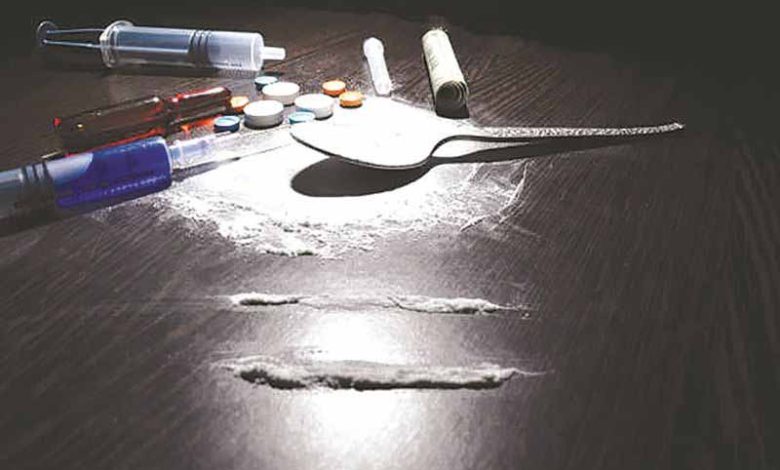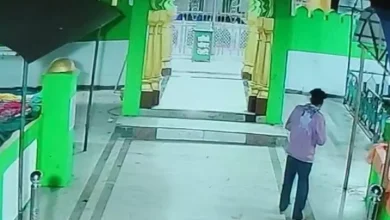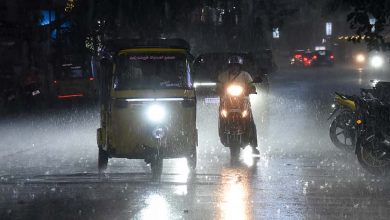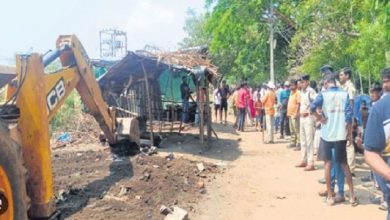Himachal: State launches state-wide drive to tackle growing ‘Chitta’ menace

Himachal Pradesh: Police officials said on Friday that unemployment, peer pressure, and curiosity have emerged as key factors pushing youth in the state toward drug addiction, especially to “chitta” (a synthetic heroin-based drug). Interstate smuggling routes from neighboring states, easy availability in low prices and small packets, and the drug’s promotion on social media platforms have worsened the problem. Officials say “chitta” is now readily available even in rural areas. According to police data, youth in Shimla, Kangra, Una, Solan, and Mandi districts have been most susceptible. In a worrying trend, Himachal Pradesh has recorded a 9 percent increase in “chitta”-related cases this year compared to last year. The state has also seen an increase in overdose deaths, especially among young people. Citing data from the Narcotics Control Bureau (NCB), police said Punjab, Haryana, Himachal Pradesh, Delhi, Uttar Pradesh, Rajasthan, and Maharashtra are among the states most affected by heroin and synthetic drugs.
To combat the growing menace, Chief Minister Sukhwinder Singh Sukhu has announced a state-wide anti-Chitta rally on November 15th at The Ridge in Shimla. The rally will be attended by cabinet ministers, MLAs, government officials, students, volunteers, NGOs, and the general public. Officials said the rally will mark the beginning of a massive awareness campaign, with similar events being organized in all districts under the supervision of Superintendents of Police and district administrations. Police preparations for the event are already underway. Director General of Police Ashok Tiwari said the Himachal Pradesh Police has intensified its efforts to curb drug trafficking and consumption as part of its ongoing “Nisha Nivaran Abhiyan.” He said, “During 2024-2025, more than 1,300 cases were registered under the NDPS Act, many of which were related to ‘Chitta’. The police, in collaboration with other departments, are actively working to arrest drug traffickers, dismantle networks, and raise public awareness.”
He said the police are working with the Excise and Narcotics Department, the Education Department, and NGOs to combine law enforcement with public education. Additional Superintendent of Police (State Vigilance and Anti-Corruption Bureau) Narveer Singh Rathore gave a detailed account of the legal provisions of the NDPS Act, 1985. He said, “The punishment varies according to the quantity.” “Possession of up to 5 grams of narcotic drugs is punishable with imprisonment of up to one year or a fine of up to Rs 10,000, or both. Possession of a moderate quantity is punishable with imprisonment of up to 10 years and a fine of up to Rs 1 lakh, while possession of a commercial quantity of 250 grams or more is punishable with imprisonment of 10 to 20 years and a fine of Rs 1 lakh to Rs 2 lakh, which may be increased by the court.” He further said that possession of even small quantities of narcotic drugs is punishable, although persons who voluntarily seek medical treatment can be given rehabilitation relief under Section 64A of the Act.





